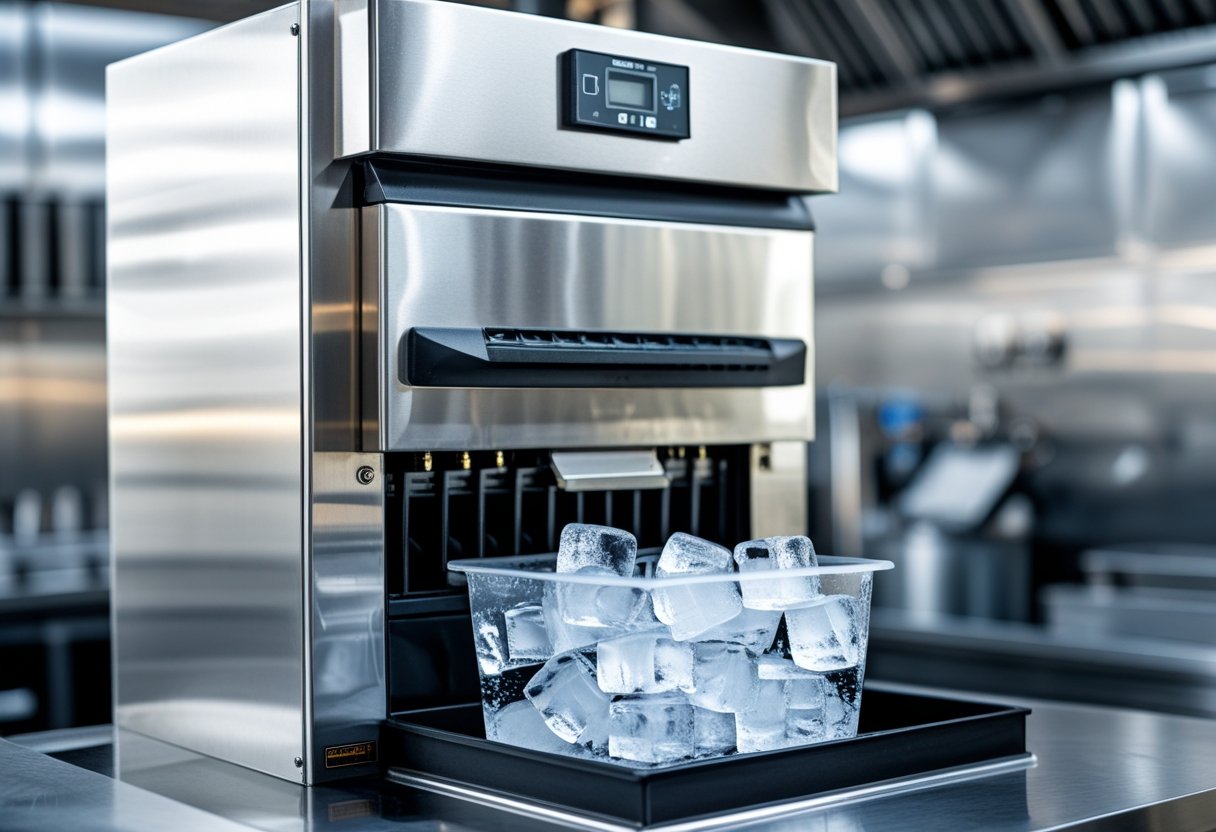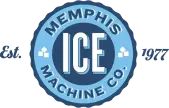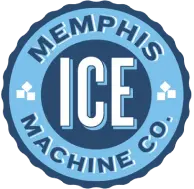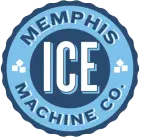proudly serving
the mid-south
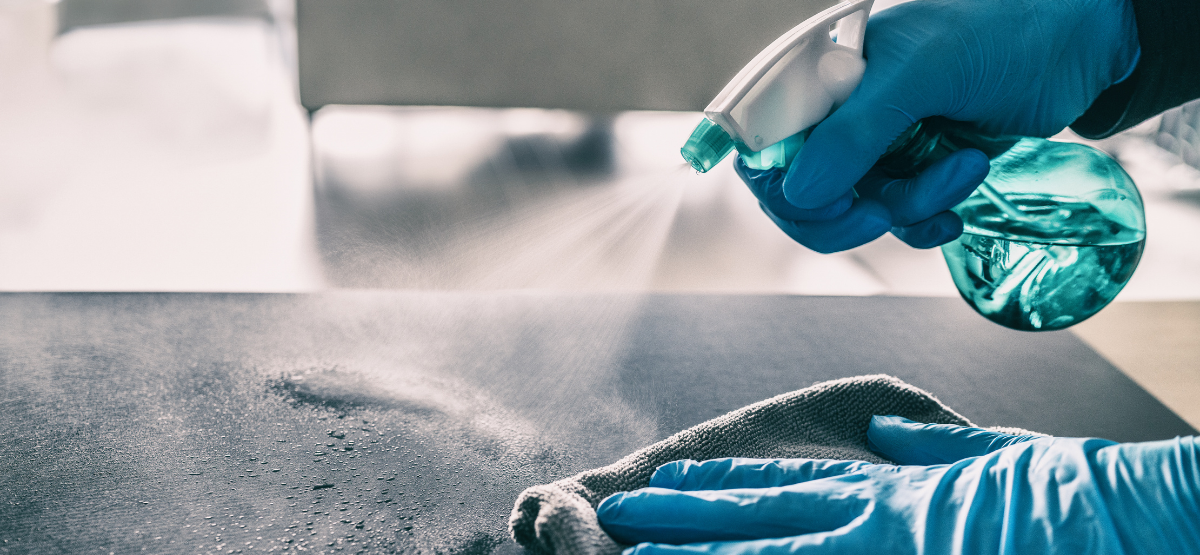
What’s the Difference Between Sanitizing and Disinfecting?
These are tough times we live in! It’s why we’ve continued to share cleaning tips for kitchens, ice machines, and equipment so you can know the difference between sanitizing and disinfecting!
The difference between sanitizing and disinfecting
Sanitization is germ reduction, not elimination. Not everything needs to be disinfected in our homes or daily lives. In a normal world, the risk is too low to apply harsh or food-safe chemicals to surfaces you don’t need to clean as thoroughly. Plus, sanitization can cut down on cleaning costs for homes and businesses.
Sanitization is used most commonly in restaurants during dish cleaning and in non-food-preparation areas. If you ever notice workers wiping down tables, they’re likely sanitizing, not disinfecting. Of course, due to current events, that may be different. But in a normal and healthy world, sanitization is perfectly suitable to create a clean and safe eating area for guests.
Disinfecting, on the other hand, uses strong chemicals to kill germs and lowers the risk of spreading infections on surfaces. This is why food preparation surfaces and areas require regular disinfecting! It prevents common foodborne illnesses from transferring to other surfaces and infecting workers or guests.
Think about it: what parts of your home do you disinfect with chemicals like bleach, alcohol, or chlorine? Probably the kitchen, bathroom, and high traffic areas that feature points of frequent contact. Work surfaces, toilets, your hands, and doorknobs all come to mind. The same logic applies to restaurants and businesses.
What’s the right way to sanitize?
If you’re preparing a surface for food preparation or consumption, follow this simple step-by-step to ensure a safe and sanitized area:
- Remove any large debris from the surface.
- Wipe down the surface and surrounding area with a wet or dry cloth.
- Rinse the surface with soap and clean water. Avoid spraying or spreading the runoff to other surfaces.
- Apply food-safe sanitizer on the surface.
- Let the surface dry for one minute. If you wipe the surface immediately after sanitizing, the sanitizer will not work properly.
- You’re done! You have a safe and sanitized eating or work area.
Bacteria can be easily transferred from food to the preparation surface. It’s tricky stuff. Follow proper sanitization procedures to reduce the risk of spreading infection.
What’s the right way to disinfect?
For the surfaces you know need to be disinfected, like door handles, electronics, bathroom surfaces, faucets, or light switches, this is the right way to do it:
- Before using your disinfectant, read the label and instructions. Know what you’re using and the risk of using it incorrectly.
- Remove any large debris from the surface.
- Wipe down the surface and surrounding area with a wet rag or dry cloth.
- Rinse the surface with soap and clean water. Avoid spraying or spreading the runoff to other surfaces.
- Apply your disinfectant to the surface.
- Let the surface dry for three to five minutes. If you wipe the surface immediately after applying the disinfectant, it will not work properly.
- Rinse the surface with soap and clean water if the product requires it. Avoid spraying or spreading the runoff to other surfaces.
- You’re done! You have a safe and disinfected surface. Good job!
Three key tips for safe surfaces
- Know what you’re buying: Some products claim they do it all. Most don’t. Ensure you’re buying and using products that are verified and confirmed by the EPA to properly sanitize or disinfect. This is doing what needs to be done to create a safe and healthy environment for guests and workers alike.
- Cross-contamination is a problem. Solve it: Do you wear gloves while you work? If you work in a kitchen environment, you need to be extra careful. Change your gloves after you’re finished preparing food or if you leave the prep area. If you use the same gloves to say check your phone and then go back to food prep, then that food is now contaminated. It sounds obvious, but it’s something you need to keep in mind and remember.
- Disinfect your electronics often: Phones, computers, tablets, keyboards. Disinfect it all and often. These surfaces are bacteria havens! We mentioned it in the disinfect section but we felt it warranted a special mention down here.
We’re all about cleaning and maintenance at Memphis Ice
These are tough times we live in! It’s why we’ve continued to share cleaning tips for kitchens, ice machines, and equipment. Click any of the four links below to continue learning about best cleaning practices in your home or business!
Recent News

Ice & Oktoberfest: The Role of Ice in Beer, Cocktails, and Celebrations
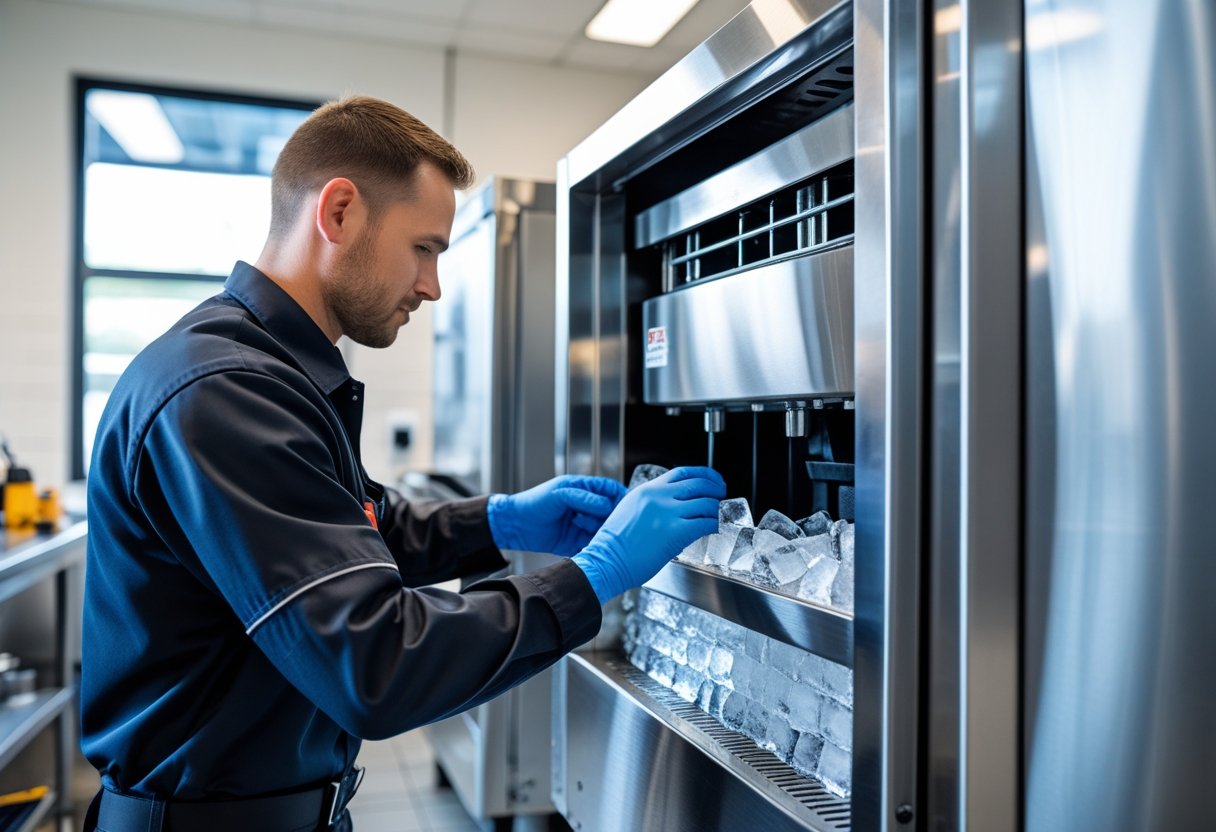
Signs Your Ice Machine Needs a Service to Keep Ice Fresh and Reliable
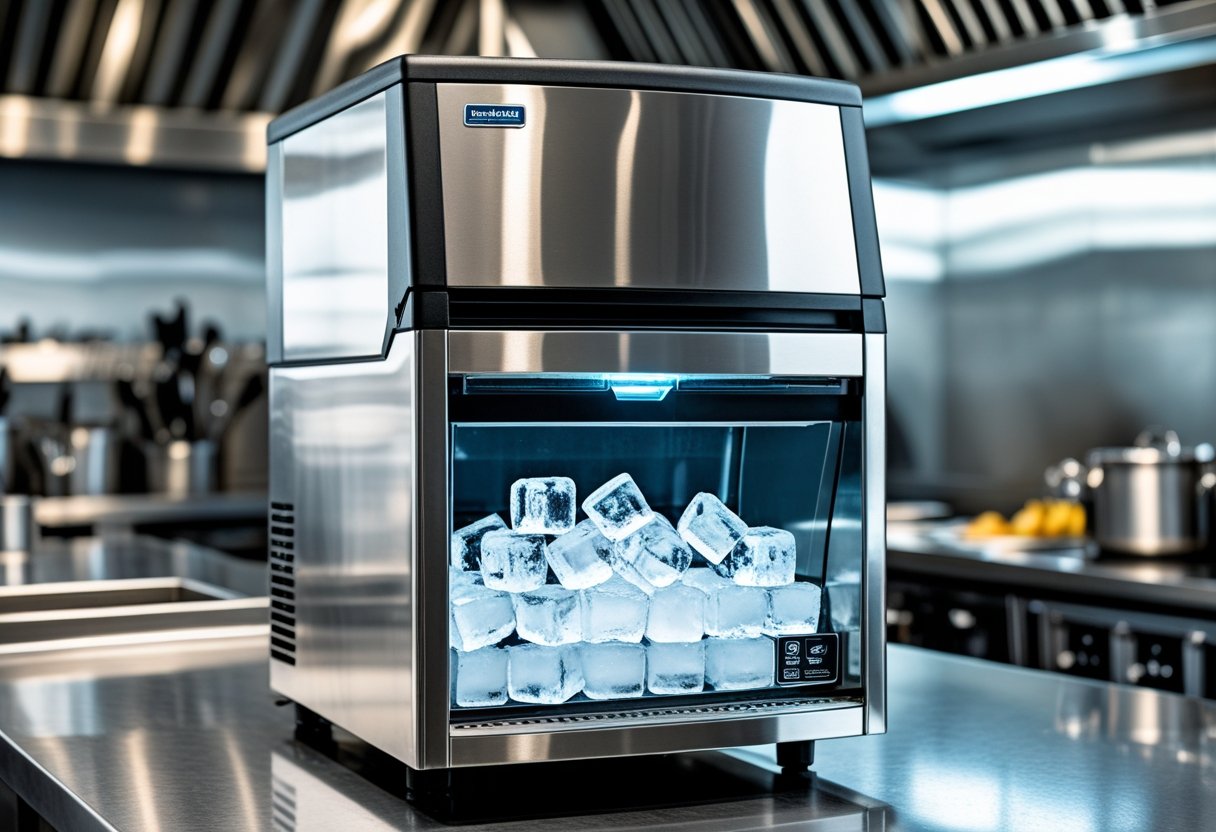
Restaurant Ice Machine Not Working Troubleshooting Tips Made Easy
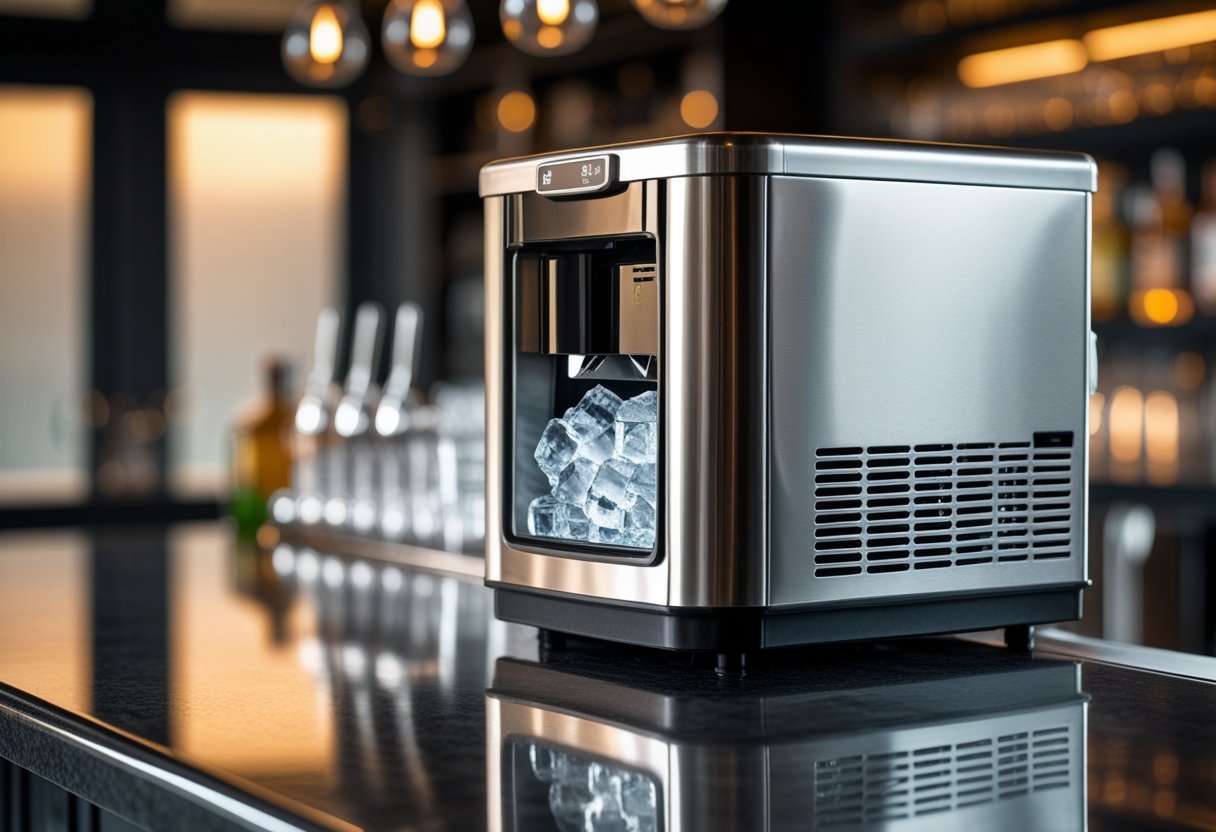
Preventative Maintenance for Ice Machines Tips to Keep Ice Fresh and Machines Running Smoothly

Bar Equipment Refrigeration Guide Tips for Keeping Drinks Perfectly Chilled
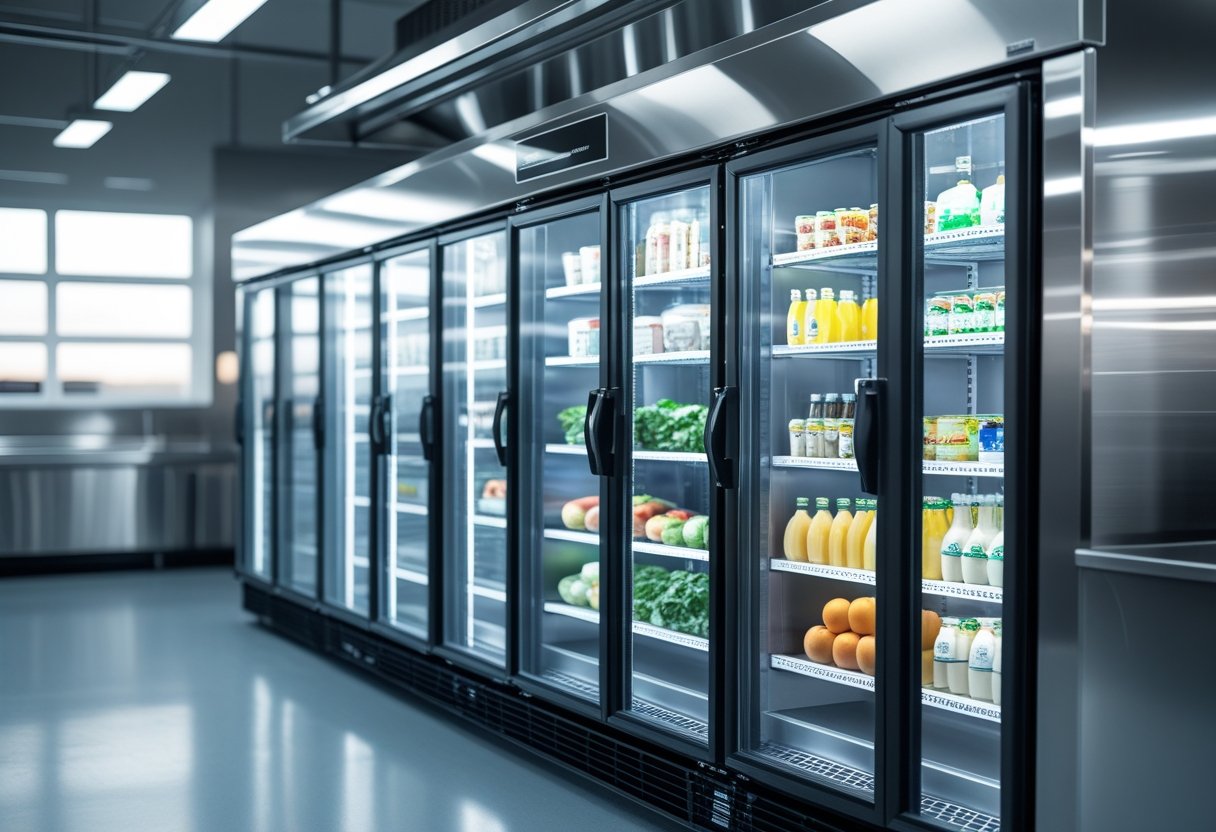
Memphis Commercial Refrigeration Experts Helping Your Business Stay Cool
